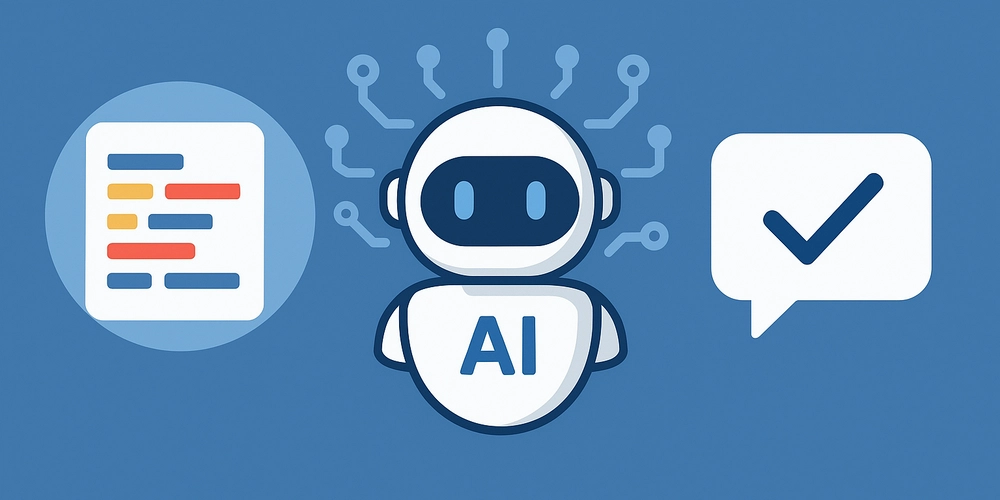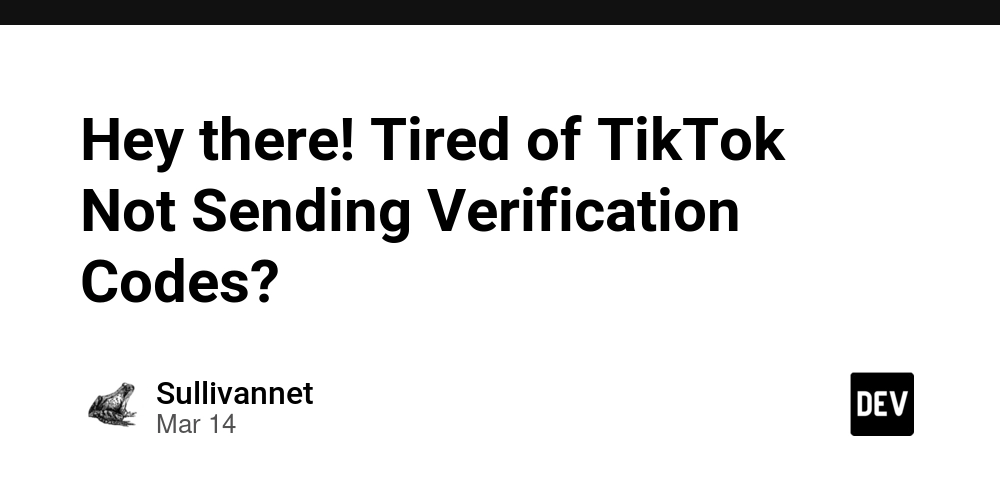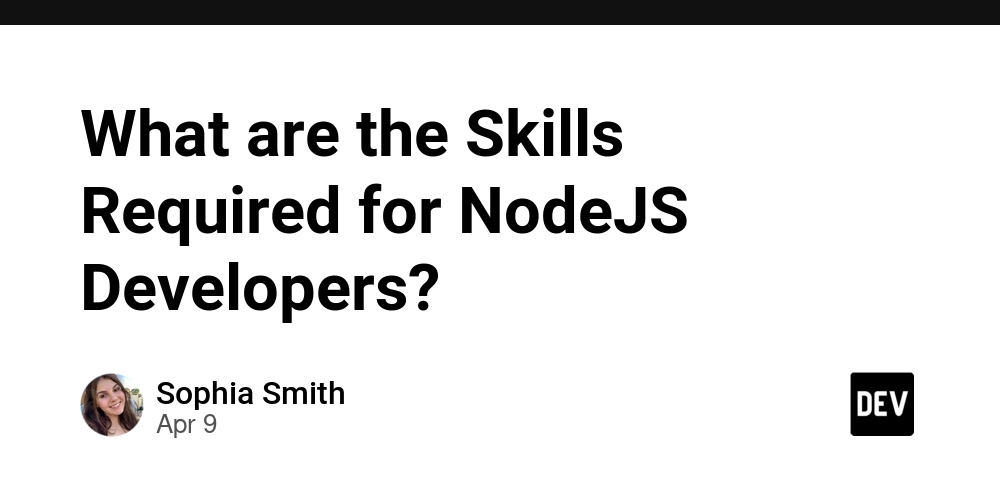How to Avoid Burnout While Managing Heavy Workloads
Introduction – The Hidden Cost of Overwork Pushing hard to hit deadlines and deliver results is part of modern work culture. But without boundaries, that pressure can lead to burnout—a state of emotional, mental, and physical exhaustion. Burnout doesn’t just affect individuals, it weakens entire teams, reduces productivity, and increases turnover. The good news? It can be prevented with proactive workload management and team habits. In this guide, we’ll explore the causes of burnout and practical ways to stay productive without sacrificing well-being. 1. Recognize the Signs of Burnout Early Burnout rarely happens overnight. It builds gradually, and early symptoms often go unnoticed. Constant fatigue, even after rest Irritability, frustration, or cynicism about work Trouble focusing or finishing tasks Physical symptoms like headaches or insomnia Teams that talk openly about stress and mental health are better equipped to spot the signs and intervene early. 2. Set Clear Priorities and Boundaries One of the biggest contributors to burnout is feeling like everything is urgent. Identify what truly matters and say no to what doesn’t Avoid back-to-back meetings and unrealistic expectations Encourage reasonable working hours and deep work sessions Setting clear expectations reduces chaos and gives people space to focus. 3. Use Smart Workload Planning Burnout thrives in disorganized environments. Teams should use tools and systems to plan realistically. Break large projects into smaller, manageable tasks Assign responsibilities based on capacity Plan ahead and build in buffer time for review and iteration Avoid overcommitting. Sustainable output beats sprinting into exhaustion. 4. Embrace Regular Breaks and Downtime High performance isn’t about always working, it’s about knowing when not to. Use techniques like the Pomodoro method to alternate focus and rest Block off no-meeting days or “focus mornings” Normalize time off and full digital disconnects Recovery is essential for resilience and creativity. 5. Foster a Supportive Team Culture Burnout is easier to prevent in teams that value empathy, transparency, and psychological safety. Create space for open conversations about workload and well-being Celebrate progress, not just output Watch for teammates struggling in silence Healthy teams lift each other up—especially when the pressure is on. How TaskFrame Helps Teams Avoid Burnout Managing heavy workloads is easier when teams have the right structure and visibility—and that’s where TaskFrame comes in. Break down work visually using wireframes, so the scope is clear before a task even begins Assign and track tasks using structured properties like effort estimates, deadlines, and status Reduce confusion and communication overload with all-in-one visibility across docs, tasks, and UI Maintain sustainable pace with visual indicators of task load, helping teams prevent overload before it happens Unlike traditional project management tools that pile on complexity, TaskFrame helps you plan better, work smarter, and avoid burnout by design. Conclusion – Sustainable Work Is Smart Work Heavy workloads are inevitable but burnout isn’t. With the right systems, boundaries, and culture in place, teams can maintain productivity without compromising well-being. If your team is struggling to balance output and sustainability, it might be time to rethink how work is planned. Try TaskFrame and start building healthier, high-performing workflows today.
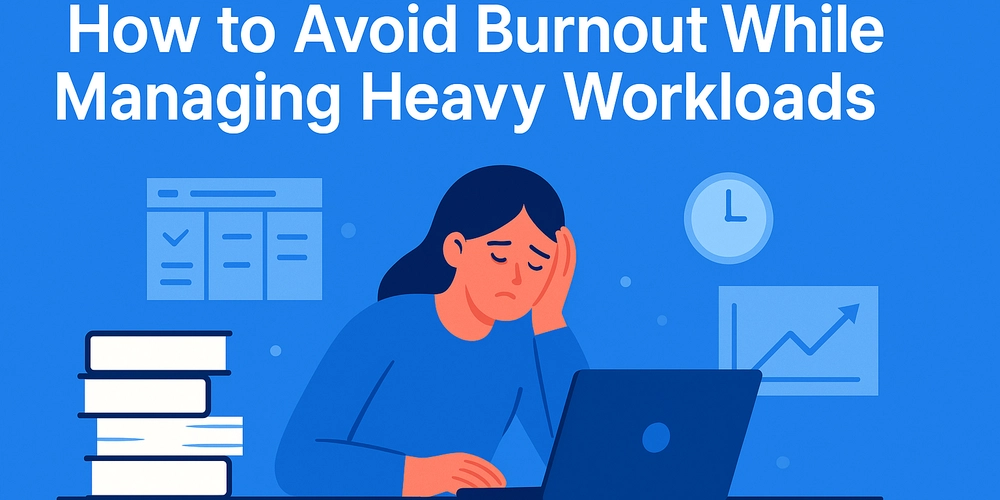
Introduction – The Hidden Cost of Overwork
Pushing hard to hit deadlines and deliver results is part of modern work culture. But without boundaries, that pressure can lead to burnout—a state of emotional, mental, and physical exhaustion.
Burnout doesn’t just affect individuals, it weakens entire teams, reduces productivity, and increases turnover. The good news? It can be prevented with proactive workload management and team habits.
In this guide, we’ll explore the causes of burnout and practical ways to stay productive without sacrificing well-being.
1. Recognize the Signs of Burnout Early
Burnout rarely happens overnight. It builds gradually, and early symptoms often go unnoticed.
- Constant fatigue, even after rest
- Irritability, frustration, or cynicism about work
- Trouble focusing or finishing tasks
- Physical symptoms like headaches or insomnia
Teams that talk openly about stress and mental health are better equipped to spot the signs and intervene early.
2. Set Clear Priorities and Boundaries
One of the biggest contributors to burnout is feeling like everything is urgent.
- Identify what truly matters and say no to what doesn’t
- Avoid back-to-back meetings and unrealistic expectations
- Encourage reasonable working hours and deep work sessions
Setting clear expectations reduces chaos and gives people space to focus.
3. Use Smart Workload Planning
Burnout thrives in disorganized environments. Teams should use tools and systems to plan realistically.
- Break large projects into smaller, manageable tasks
- Assign responsibilities based on capacity
- Plan ahead and build in buffer time for review and iteration
Avoid overcommitting. Sustainable output beats sprinting into exhaustion.
4. Embrace Regular Breaks and Downtime
High performance isn’t about always working, it’s about knowing when not to.
- Use techniques like the Pomodoro method to alternate focus and rest
- Block off no-meeting days or “focus mornings”
- Normalize time off and full digital disconnects
Recovery is essential for resilience and creativity.
5. Foster a Supportive Team Culture
Burnout is easier to prevent in teams that value empathy, transparency, and psychological safety.
- Create space for open conversations about workload and well-being
- Celebrate progress, not just output
- Watch for teammates struggling in silence
Healthy teams lift each other up—especially when the pressure is on.
How TaskFrame Helps Teams Avoid Burnout
Managing heavy workloads is easier when teams have the right structure and visibility—and that’s where TaskFrame comes in.
- Break down work visually using wireframes, so the scope is clear before a task even begins
- Assign and track tasks using structured properties like effort estimates, deadlines, and status
- Reduce confusion and communication overload with all-in-one visibility across docs, tasks, and UI
- Maintain sustainable pace with visual indicators of task load, helping teams prevent overload before it happens
Unlike traditional project management tools that pile on complexity, TaskFrame helps you plan better, work smarter, and avoid burnout by design.
Conclusion – Sustainable Work Is Smart Work
Heavy workloads are inevitable but burnout isn’t.
With the right systems, boundaries, and culture in place, teams can maintain productivity without compromising well-being.
If your team is struggling to balance output and sustainability, it might be time to rethink how work is planned.
Try TaskFrame and start building healthier, high-performing workflows today.




























![[Webinar] AI Is Already Inside Your SaaS Stack — Learn How to Prevent the Next Silent Breach](https://blogger.googleusercontent.com/img/b/R29vZ2xl/AVvXsEiOWn65wd33dg2uO99NrtKbpYLfcepwOLidQDMls0HXKlA91k6HURluRA4WXgJRAZldEe1VReMQZyyYt1PgnoAn5JPpILsWlXIzmrBSs_TBoyPwO7hZrWouBg2-O3mdeoeSGY-l9_bsZB7vbpKjTSvG93zNytjxgTaMPqo9iq9Z5pGa05CJOs9uXpwHFT4/s1600/ai-cyber.jpg?#)














































































































































![[The AI Show Episode 144]: ChatGPT’s New Memory, Shopify CEO’s Leaked “AI First” Memo, Google Cloud Next Releases, o3 and o4-mini Coming Soon & Llama 4’s Rocky Launch](https://www.marketingaiinstitute.com/hubfs/ep%20144%20cover.png)















































































































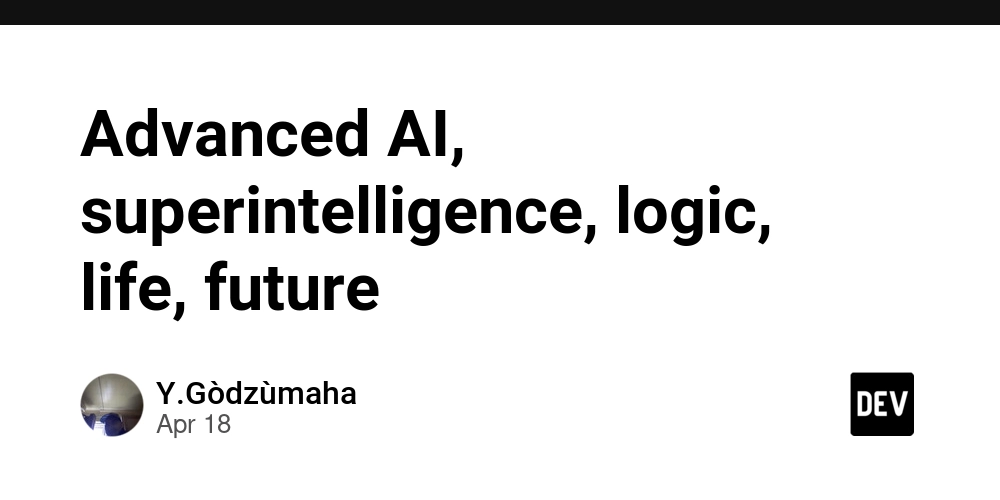
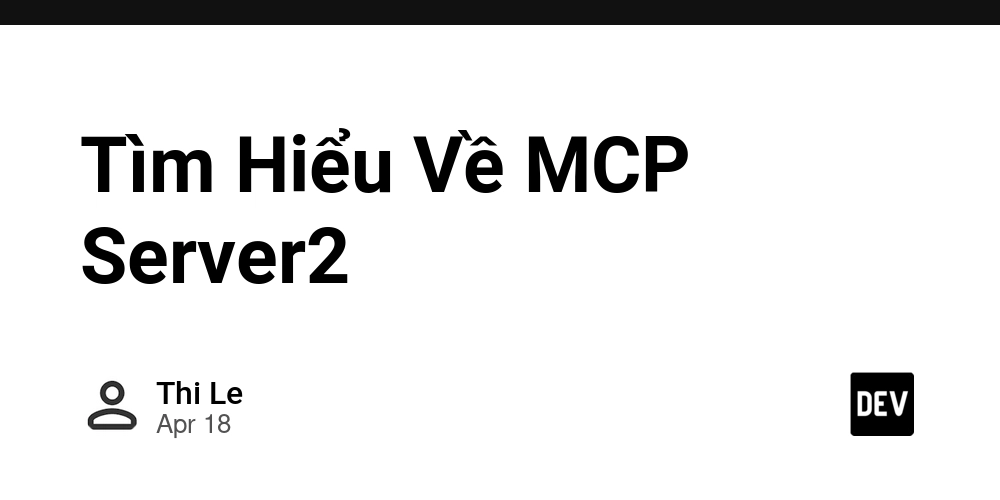
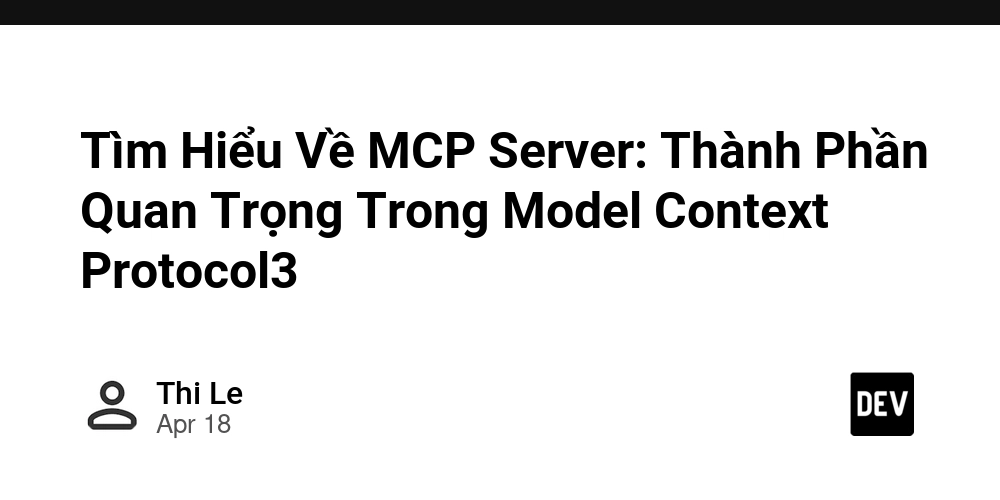
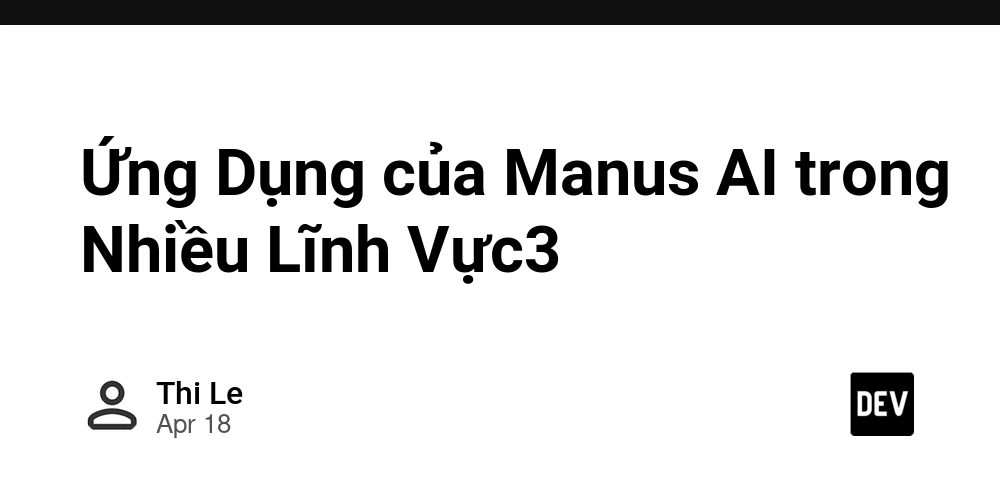

















































































![Rogue Company Elite tier list of best characters [April 2025]](https://media.pocketgamer.com/artwork/na-33136-1657102075/rogue-company-ios-android-tier-cover.jpg?#)








































































_Andreas_Prott_Alamy.jpg?width=1280&auto=webp&quality=80&disable=upscale#)






































































































![Apple Watch Series 10 Back On Sale for $299! [Lowest Price Ever]](https://www.iclarified.com/images/news/96657/96657/96657-640.jpg)
![EU Postpones Apple App Store Fines Amid Tariff Negotiations [Report]](https://www.iclarified.com/images/news/97068/97068/97068-640.jpg)
![Apple Slips to Fifth in China's Smartphone Market with 9% Decline [Report]](https://www.iclarified.com/images/news/97065/97065/97065-640.jpg)
































































































































